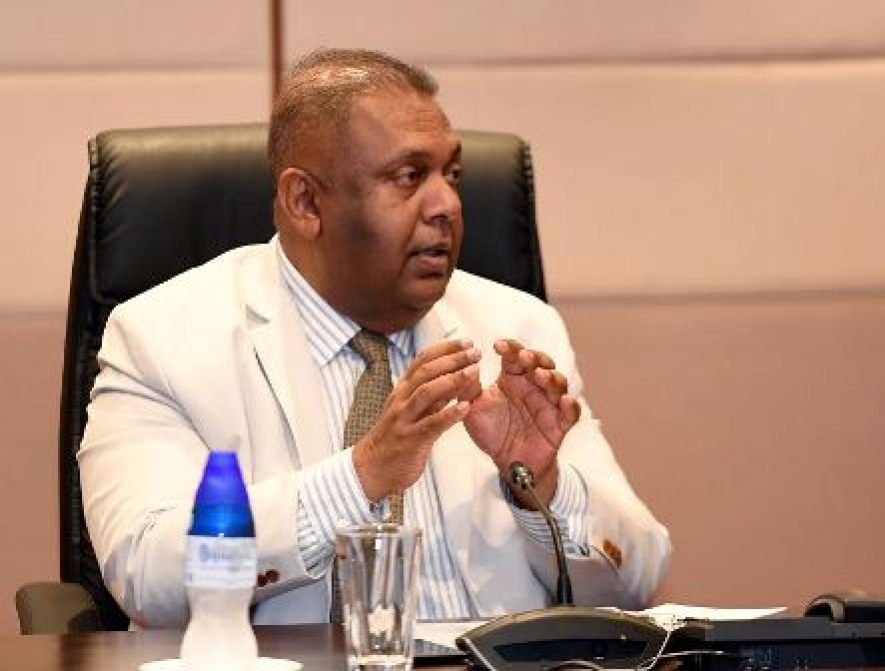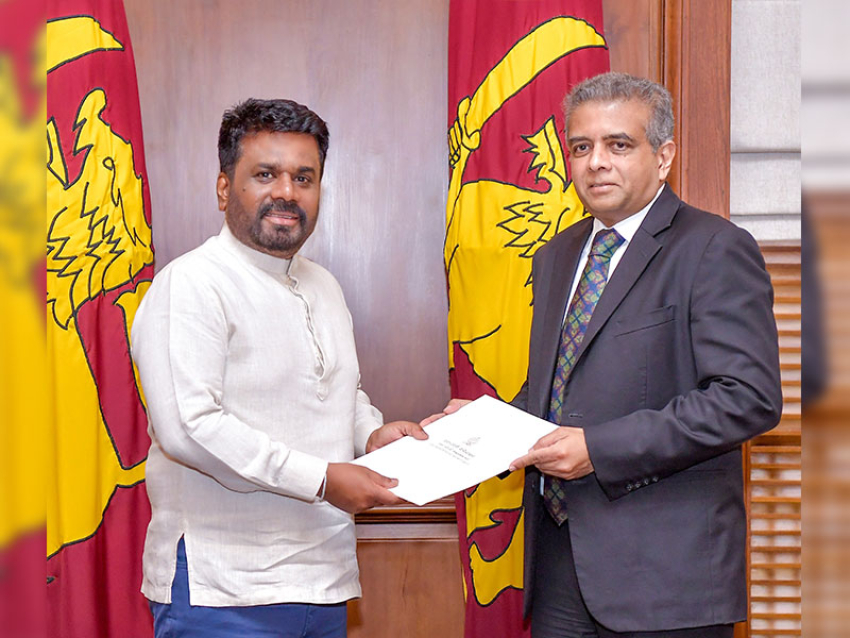“We have long term, mid and short terms goals for the economy, explained Minister Samaraweera, addressing a media briefing at the Central Bank yesterday. He added that though the coalition government had inherited a weakened and debt ridden economy from the Rajapaksa regime in 2015, it had managed in the last two years to increase government revenue from 10.1 percent of GDP in 2010 to 14.2 percent of GDP in 2016.
“For the nine years of the Rajapaksa regime, government revenue fell drastically. It was the lowest of all the countries in South Asia. In the meantime, expenditure and debt increased exponentially. All income was needed for debt servicing,” Minister Samaraweera said.
He pointed out that from 2005-2014, government debt had increased by 33 percent.
“We needed reforms but Mahinda Rajapaksa ignored that. I would define those nine years as one where Sri Lanka became a crony capitalistic Kleptrocracy,” Samaraweera said.
The Minister further explained that the country would experience the real crunch in debt servicing in 2018-2019, where the government will have to pay close to Rs 3.2 trillion in debt servicing payments by the end of 2019. “82 percent of those loans coming up for repayment are from the Rajapaksa era”, he said. As the country celebrated 40 years of the Open Market Economic policies this week, the Finance Minister said that the government was creating a better investment environment for investors and that the newly established Public Private Partnership unit of the Finance Ministry would help develop infrastructure in the country.
One of the key public private partnerships of the government, the Hambantota Port Project, he said was due to be signed today (29) and it would be the biggest undertaking a government has done, after the Mahaweli scheme. (CDN)



















